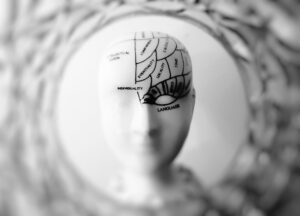



3D modeling was developed in the 1960s by the creator of Sketchpad, Ivan Sutherland, and is used to create a 3-dimensional digital representation of any surface or object.
A variety of fields utilize 3D modeling, including video games designers and movie / illustration animators, in order to bring their creative ideas to life. It is no surprise that 3D modeling is an important tool for many careers, including for engineers and architects. For example, engineers and architects use 3D modeling when planning and designing their work. This software helps engineers and architects save time and money by allowing scenario visualization before execution of their projects.
In the science world, 3D modeling has been a complete game changer, as scientists are using it as an advanced tool to study the human brain for common neurodegenerative diseases, such as Alzheimer's disease and Parkinson's disease. After many failures of trying to convert the findings from animal-based cell models to human patients, brain cell models created with 3D modeling have many advantages including:
- Replacing the old 2D model;
- Minimizing failures by having better translations of the findings; and
- Having a higher degree of improvements and solutions for various neurodegenerative diseases.
For more information about the role of 3D modeling in researching the human brain, visit this website.


